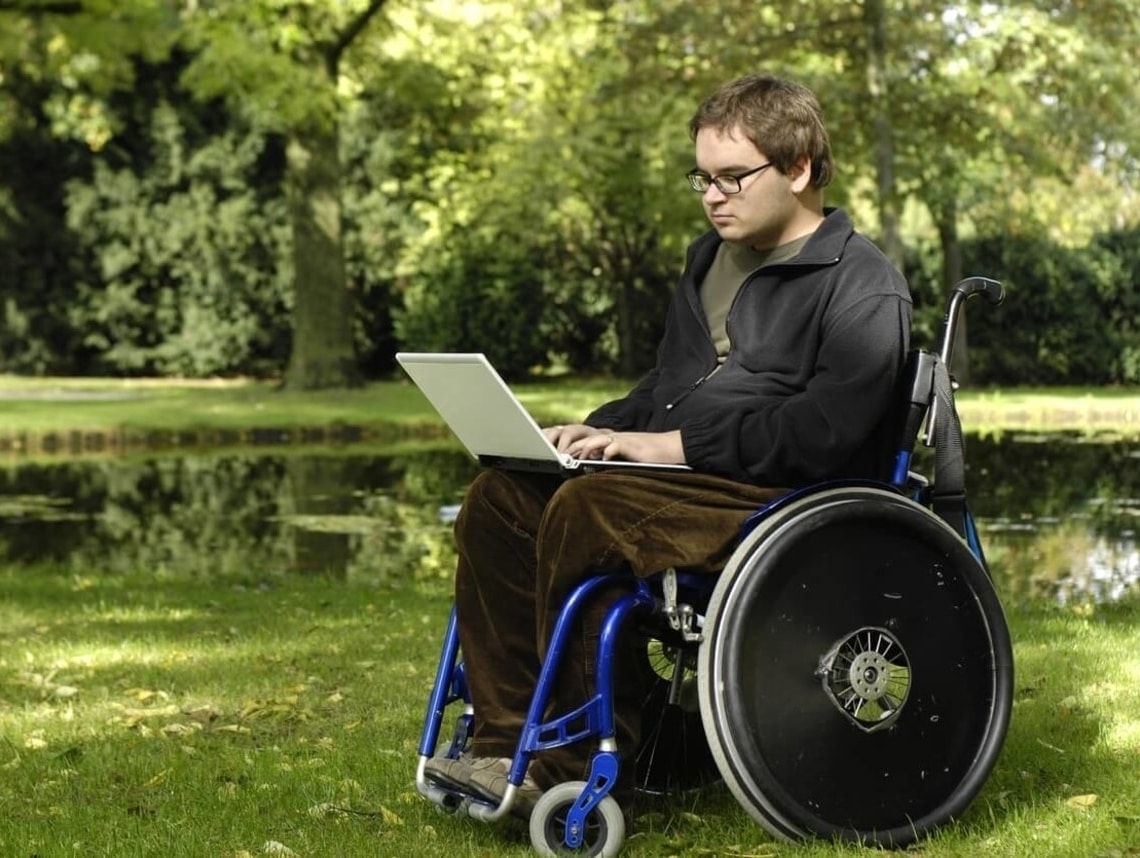Standing, walking, running, and eating, all these things are typically seen as normal, everyday activities. But if your child has Duchenne’s muscular dystrophy — or DMD — then these movements are often impossible for them to do on their own. That’s because DMD is a disease that makes muscles weaker and less flexible over time.
Caring for a child with DMD can be overwhelming and confusing. How did your child get the disease, and what can you do to make their life more comfortable?
Causes of Duchenne’s Muscular Dystrophy
DMD is caused by flaws in the gene that controls how the body keeps muscles healthy. It impacts the X-chromosome and causes a mutation that leads to the disorder. While the disease is more common in males, females can also be affected.
The gene mutation is passed down from the mother, but neither parents need to have the disease to pass on the mutation. DMD is caused by a recessive inheritance, meaning that seemingly healthy parents with a recessive mutation in the mother can have a child with DMD. Because the recessive gene shows no symptoms, there is no way to indicate — without intricate testing — if your child will have the disorder.
Life Expectancy of People with Duchenne’s Muscular Dystrophy
While there is no cure for DMD, advances in technology and medicine have extended the lifespan of those living with the disease. Two treatments for DMD have been approved by the Food and Drug Administration (FDA), and clinical trials are underway for some advanced strategies – including gene therapy, exon skipping, stop codon read-through, and gene repair.
People living with DMD can live long enough to attend college, have careers, get married, and have children. Living into their early 30s is not uncommon, and there are several cases of patients living in their 40s and 50s. In other words, your child can live a long and full life.
Symptoms of Duchenne’s Muscular Dystrophy
Most symptoms for DMD don’t occur until your child is around three-six years old. It begins by impacting the muscles in their hips, pelvic area, thighs, and shoulders, but then progresses to the muscles in their arms or legs. If your child is already walking, you’ll notice that they’ll fall more often, have trouble climbing stairs, or struggle to get up from the floor. As the disease progresses, your child may begin to waddle or walk on their toes.
Other symptoms of DMD may include:
- Difficulty rising from a lying or sitting position.
- Trouble running and jumping
- Large calf muscles
- Muscle pain and stiffness
- Scoliosis
- Contractures
- Headaches
- Problems learning or memorizing
- Shortness of breath
- Sleepiness
- Trouble concentrating
- Cramps
While some children have learning and behavior problems, DMD doesn’t impact your child’s intelligence. It may take extra studying to retain the information, but otherwise, they’ll be able to compete with other children their age.
Diagnosing Duchenne’s Muscular Dystrophy
If you think your child may have DMD, you should talk to your doctor. The pediatrician will ask you a few questions and provide a physical exam to rule out other conditions that cause muscle weakness. If your physician suspects the disease, then they’ll run extra tests, including:
- Blood tests
- Gene tests
- Muscle biopsy
- Electromyography
- Heart-monitoring tests
- Lung monitoring tests
Treatment for Duchenne’s Muscular Dystrophy
Prescription medicines and other therapies can relieve the symptoms of DMD, protect their muscles, and keep their heart and lungs healthy. Some medications approved by the FDA include Eteplirsen (Exondys 51) and an oral corticosteroid deflazacort (Emflaza).
Eteplirsen is a disease-modifying drug for DMD that is injected. It’s an exon-skipping drug that increases dystrophin production and targets the genetic code exon 51. Other drugs could impact the way it performs, so you should talk to your doctor before adding other medications to your child’s daily routine. Side effects may include balance problems and vomiting.
The deflazacort is the first FDA-approved corticosteroid and has been found to help patients retain muscle strength and maintain the ability to walk. This solution is commonly used for children five years and older. Common side effects include puffiness, increased appetite, and weight gain.
While there are other treatments that aren’t FDA-approved, you should always talk to your doctor before joining any clinical trials or trying any new medications. Your physician will be able to help you monitor progress and work through your options.
Contact Sonas for Home Health Care in Florida
It can be hard to balance your time between work, home, and caring for a child with muscular dystrophy. Homecare providers offer the support you or your loved one needs.
If you are considering pediatric home health care services in Florida, contact the caring staff at Sonas Home Health Care. Call today (888) 592-5855.
This blog was reviewed by Jillian Miller BSN, RN — Director of Nursing for Sonas Home Health Care’s Tampa Bay market — for clinical accuracy. Jillian Miller has been a nurse for 16 years — working primarily in pediatrics. She believes the best part of working with the pediatric population is when you see smiles from clients when you first enter the room. She loves seeing the difference you can make in families’ lives while providing the best care possible for them.

